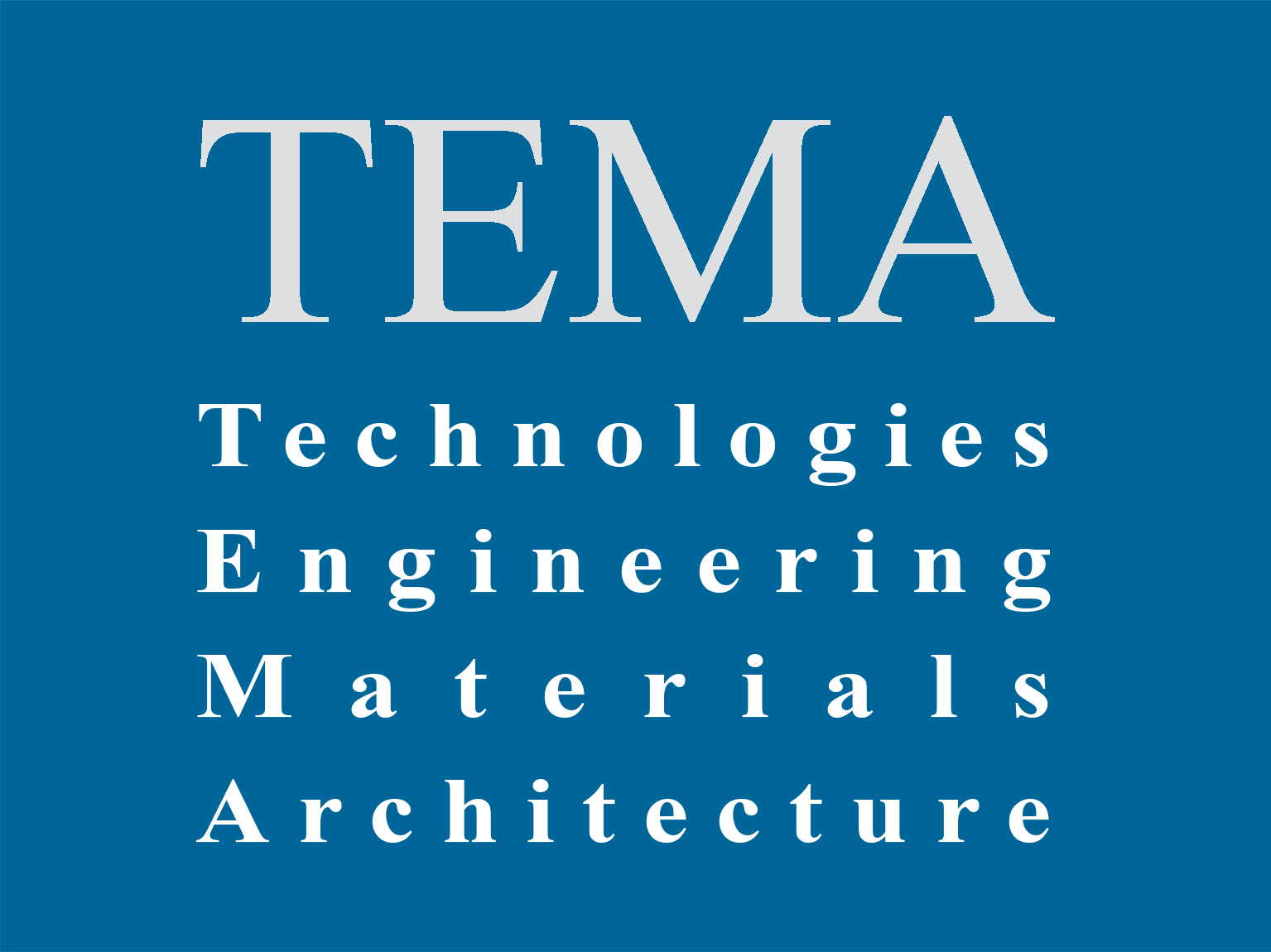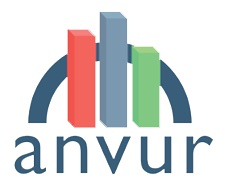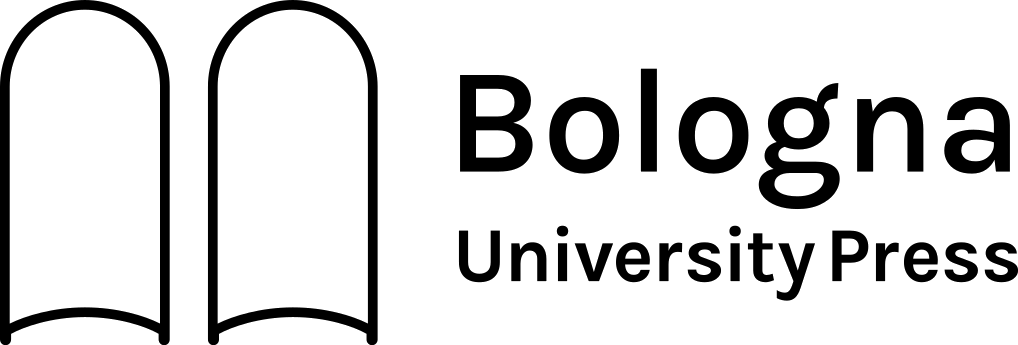Built Heritage in the Digital Age: Approaches, Techniques and Case Studies
Editors: Antonella Guida, Mariella De Fino & Ignacio Lombillo Vozmediano
Antonella Guida, Dipartimento delle Culture Europee e del Mediterraneo: Architettura, Ambiente e Patrimoni Culturali, Università degli Studi della Basilicata, Matera, Italy (CV)
antonella.guida@unibas.it
Mariella De Fino, Dipartimento di Ingegneria Civile, Ambientale, del Territorio, Edile e di Chimica, Politecnico di Bari, Bari, Italy (CV)
mariella.defino@poliba.it
Ignacio Lombillo Vozmediano, Departamento de Ingeniería Estructural y Mecánica, Universidad de Cantabria, Santander, Spain (CV)
ignacio.lombillo@unican.es
Submission and peer-review process information
Deadline for full paper submission: December 2, 2024
Extended deadline: January 31, 2025
Call for papers closed.
Extended deadline: January 31, 2025
While submitting, select “Original Study” as the Article type and “Built Heritage in the Digital Age: Approaches, Techniques and Case Studies” as the Section/Category in the online form.
Please submit all figures as a separate file in compliance with the guidelines for authors.
The double-blind peer review process will take place from 02/12/2024 to 17/03/2025.
Deadline for the first peer-review round notification to the authors: March 31, 2025
The best contributions will be selected and published in a thematic issue of the scientific journal “TEMA”.
The other accepted articles, assessed through a blind peer-review procedure, may be published in other issues of the scientific journal “TEMA” or could be redirected to a volume edited by an international publisher.
Final publication deadline: October/November of the year 2025
Call for papers brief
During the last years, advanced digital technologies – such as 3D modeling, virtualization and simulation, machine learning, cloud computing, Virtual Reality (VR), and Augmented Reality (AR) – have driven an outstanding paradigm shift in the field of built heritage toward harmonized documentation and management, condition assessment and prediction, remote accessibility and collaborative design.
Within this framework, the special issue welcomes contributions presenting and discussing the latest and most significant trends in analysing, understanding and promoting the built heritage valorization based on digital methods, tools and applications.
Submitted papers should provide research contributions for (but not limited to) the following topics:
Approaches
- Heritage documentation and management
- Building diagnostics and pathology
- Structural and environmental monitoring
- Risk assessment and mitigation
- Energy efficiency
- Occupational safety and well-being
- Predictive maintenance
Techniques
- Databases, inventories and platforms
- Numerical modeling and analysis
- Historic Building Information Modelling
- Digital twinning
- Machine learning for computer vision, natural language processing and predictive analytics
- Virtual Reality tours and environments
- Augmented Reality content and applications
Case studies
- Research projects
- Proof of concepts
- Lab demonstrators
- Onsite applications
- Multidisciplinary applications
Technical Information
Articles and submissions processing charges (APC)
The contribution for the publication of each paper amounts to:
- euro 300,00 for ArTec Members;
- euro 400,00 for authors who are not Ar.Tec. Members
Essential guidelines
Authors should be aware that submitted articles must be formatted as TEMA: Technology, Engineering, Materials and Architecture Template (Click here to download):
- The article must be submitted in .docx (.doc) format with figures, tables, and captions.
- The Author(s) Agreement (Click here to download) form must be signed by the Corresponding Author and submitted as a separate file.
- All figures must also be submitted separately in .tif o .jpg format and have a resolution of at least 200 dpi.
Essential contents
There are no strict formatting requirements, but all manuscripts must contain the essential elements needed to convey the manuscript:
- Title (maximum 20 words);
- Highlights (maximum 5 lines);
- Abstract (maximum 1.500 characters including spaces);
- Classification matches (Click here to view);
- Text, composed of Introduction, Methods, Results, Conclusions, Artwork, and tables with captions;
- References (maximum 25).









